Lung diseases are, unfortunately, not uncommon now a days. Yet, there are some that are rare enough to be able to avoid common knowledge; the lung disease Bronchiectasis is one of these. Bronchiectasis is a serious health condition that can lead to other serious health problems such as respiratory failure, complete or partial lung collapse, and/or heart failure when left untreated.
Fortunately, the symptoms of Bronchiectasis are pretty easy to trace and identify. Let’s take a look at what the causes of Bronchiectasis are and its symptoms.
What Is Bronchiectasis?
Inside of our lungs are airways that carry oxygen in and out of the lungs. Bronchiectasis occurs when these airways become damaged, causing them to widen, thicken, and become flabby or scabbed.
As a result of the damaged airways, the mucus that always moves through them to help remove inhaled dust, bacteria, and other particles cannot get through and instead builds up and accumulates. This leads to bacteria growth, serious lung infections, and trouble breathing.
Causes Of Bronchiectasis
Bronchiectasis can be brought on by a variety of factors and there are different kinds of Bronchiectasis. For example, in some cases, Bronchiectasis that only affects a part of the lung and might be caused by a blockage, not by lung disease.
Bronchiectasis can also be congenital or acquired. Congenital Bronchiectasis affects infants and children and has to do with how the lungs formed in a fetus. Acquired Bronchiectasis is the most common type of Bronchiectasis and it is caused by a medical condition or by a lung infection that has injured the lung’s airway walls.
Such conditions and infections include :
Severe pneumonia
Whooping cough or measles (preventable through vaccination)
Tuberculosis
Fungal infections
Cystic Fibrosis
Immunodeficiency disorders
Allergic reactions to the fungus called Aspergillus.
Disorders that affect cilia, which are small, hair-like structures that line your airways and help clear mucus out of your airways.
Chronic pulmonary aspiration
Connective tissue diseases, such as rheumatoid arthritis, Sjögren’s syndrome, and Crohn’s disease
Symptoms Of Bronchiectasis
One of the biggest signs of Bronchiectasis is repeated lung infections throughout one’s life. The damage caused by lung infections may not be evident until years after so there may not be any symptoms of Bronchiectasis during the early stages.
When symptoms are present, the most common include:
A daily cough over months or years
Daily and frequent need to spit
Shortness of breath
Wheezing
Chest pain
Clubbing (when the flesh under fingernails and toenails gets thicker).
Coughing up blood
Bloody mucus
Tiredness and exhaustion
If left untreated, the symptoms of Bronchiectasis may worsen considerably, leading to respiratory failure, lung collapse, or even heart failure.
If you or someone you know suffers from frequent lung infections or from any of the medical conditions at-risk for causing Bronchiectasis, it is vital that they visit a pulmonary health clinic. At Pulmonary Associates of Brandon, our specialized pulmonary experts can diagnose and treat Bronchiectasis, so feel free to reach out. For more information, or to book an appointment, contact us today.

